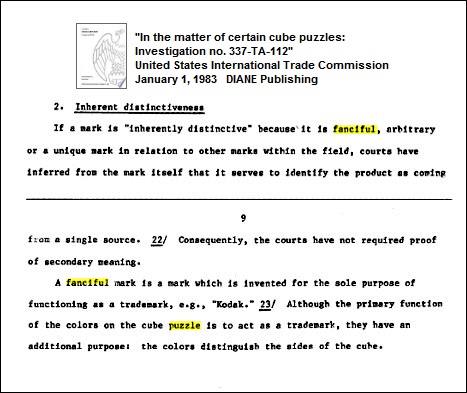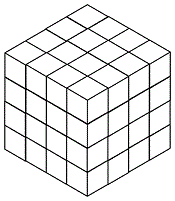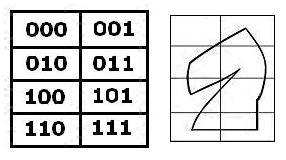Jeremy Gray, Plato's Ghost: The Modernist Transformation of Mathematics, Princeton, 2008–
"Here, modernism is defined as an autonomous body of ideas, having little or no outward reference, placing considerable emphasis on formal aspects of the work and maintaining a complicated— indeed, anxious— rather than a naïve relationship with the day-to-day world, which is the de facto view of a coherent group of people, such as a professional or discipline-based group that has a high sense of the seriousness and value of what it is trying to achieve. This brisk definition…."
Brisk? Consider Caesar's "The die is cast," Gray in "Solomon's Cube," and yesterday's post—

This is the group of "8 rigid motions
generated by reflections in midplanes"
of Solomon's Cube.
Related material:
"… the action of G168 in its alternative guise as SL(3; Z/2Z) is also now apparent. This version of G168 was presented by Weber in [1896, p. 539],* where he attributed it to Kronecker."
— Jeremy Gray, "From the History of a Simple Group," in The Eightfold Way, MSRI Publications, 1998
Here MSRI, an acronym for Mathematical Sciences Research Institute, is pronounced "Misery." See Stephen King, K.C. Cole, and Heinrich Weber.
*H. Weber, Lehrbuch der Algebra, Vieweg, Braunschweig, 1896. Reprinted by Chelsea, New York, 1961.



































